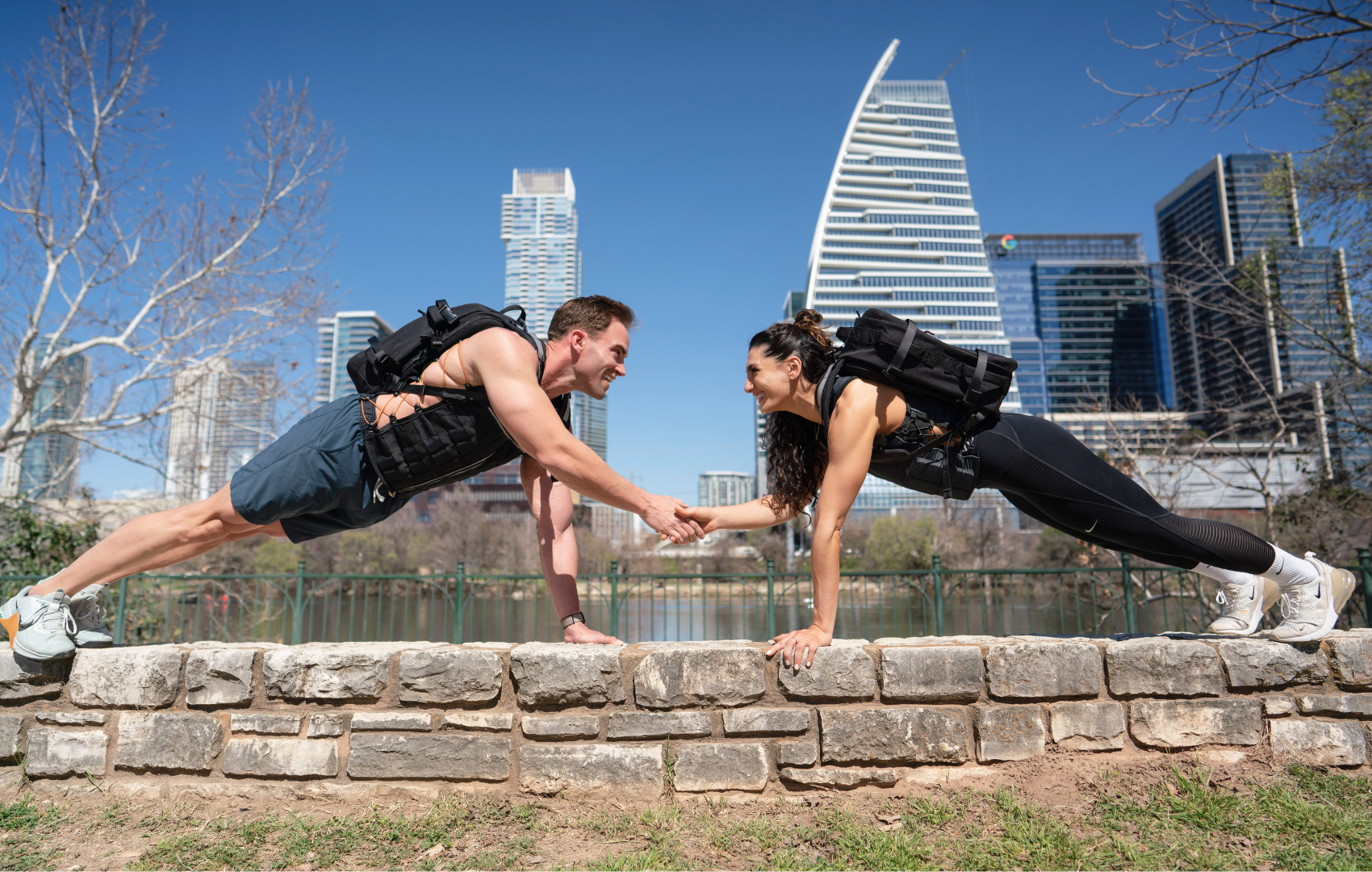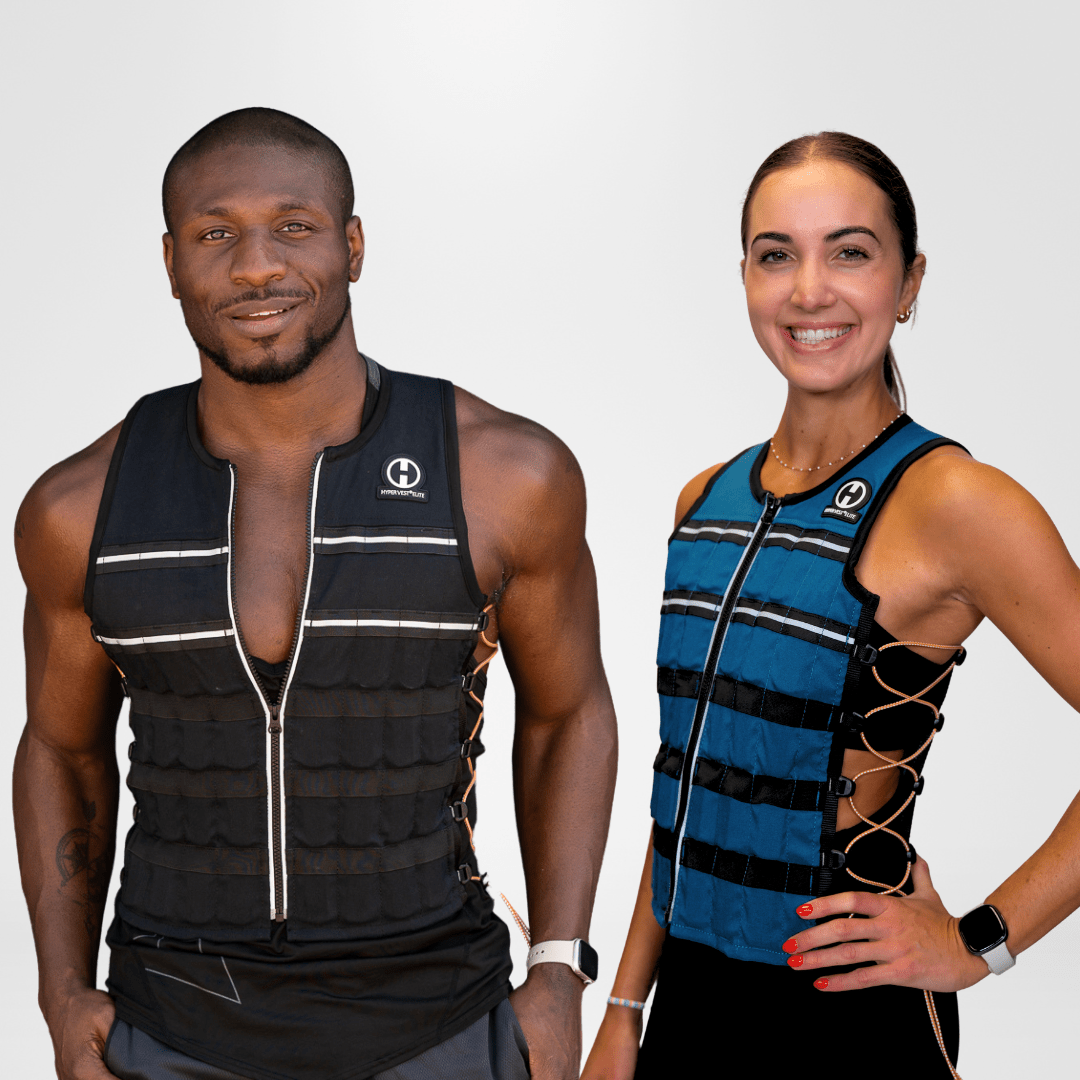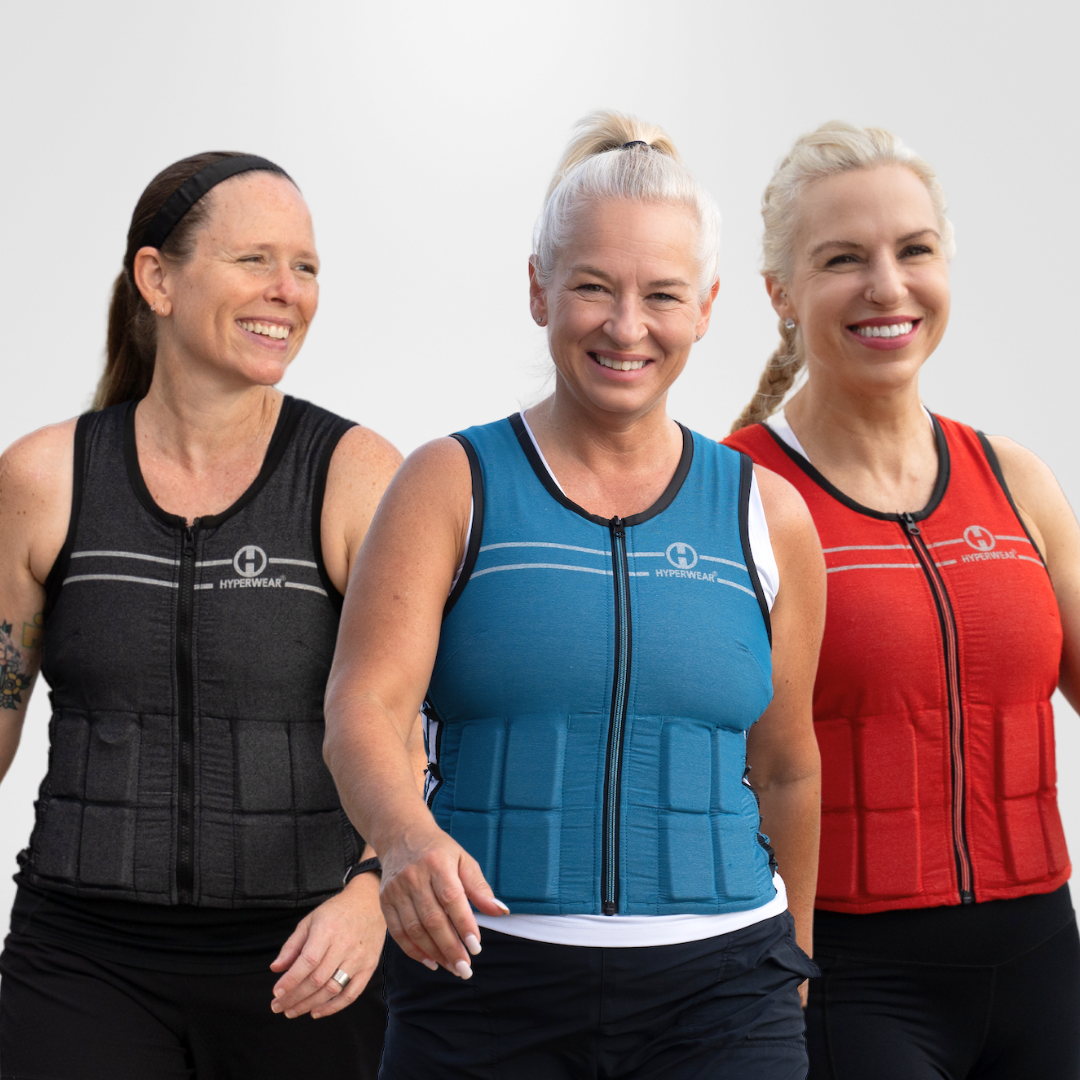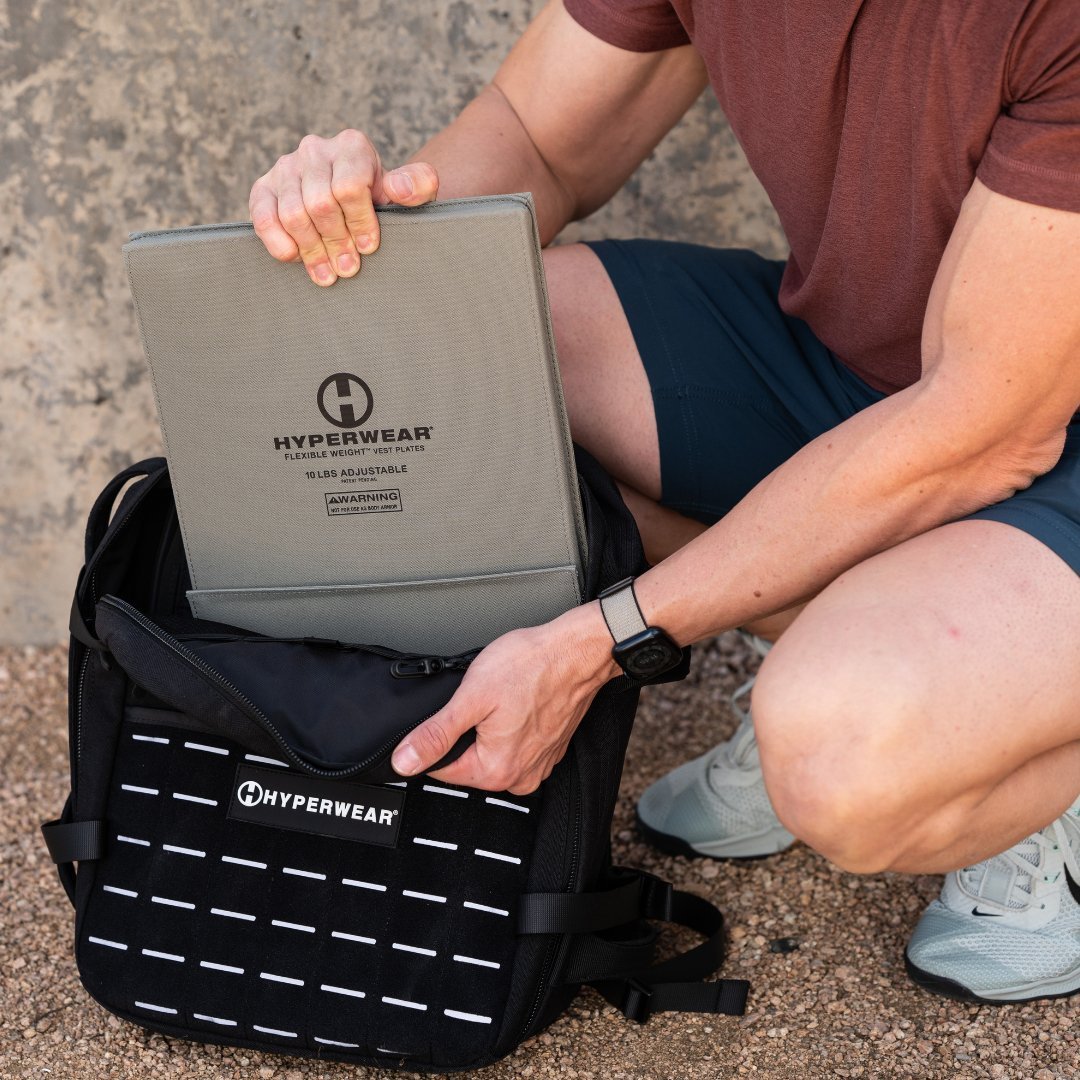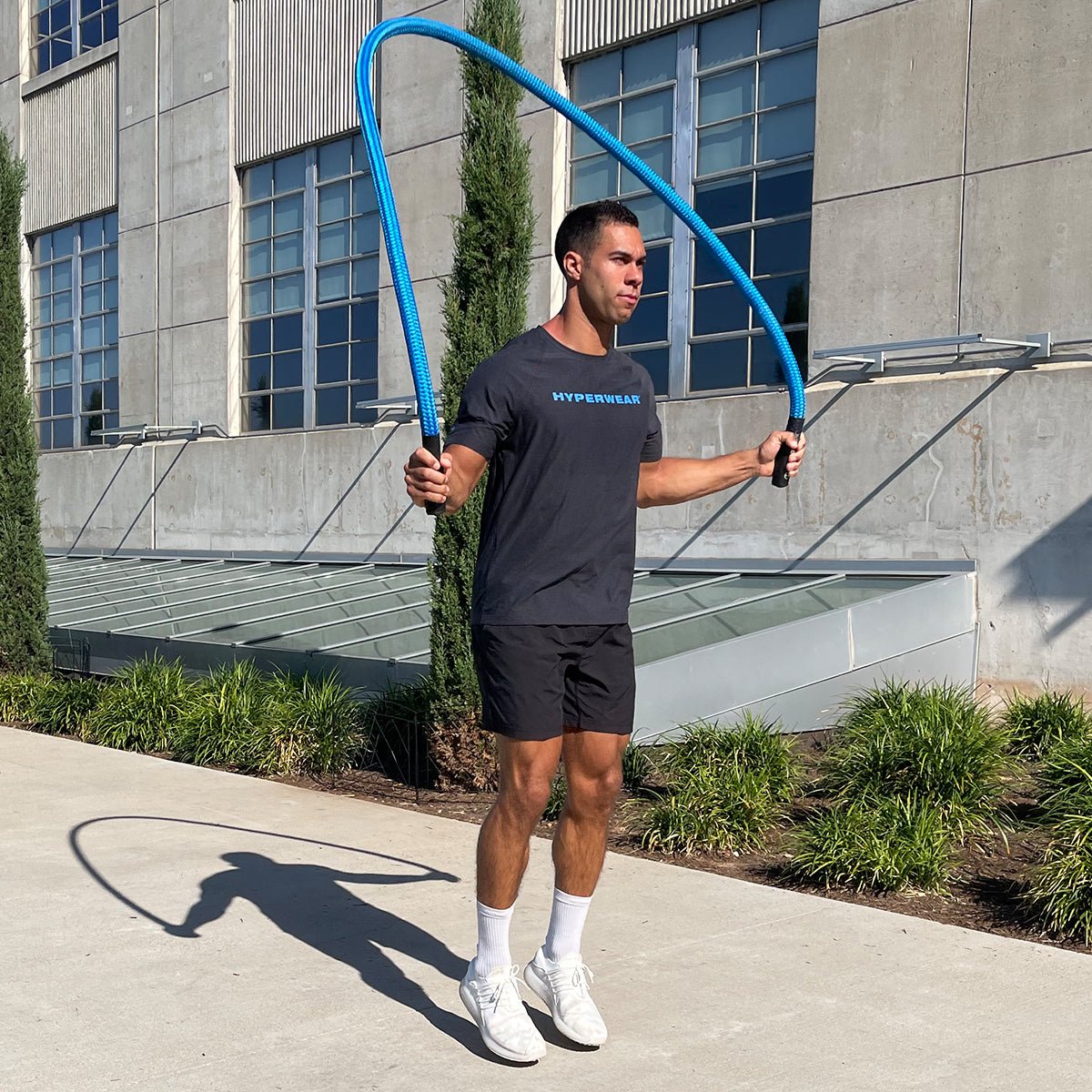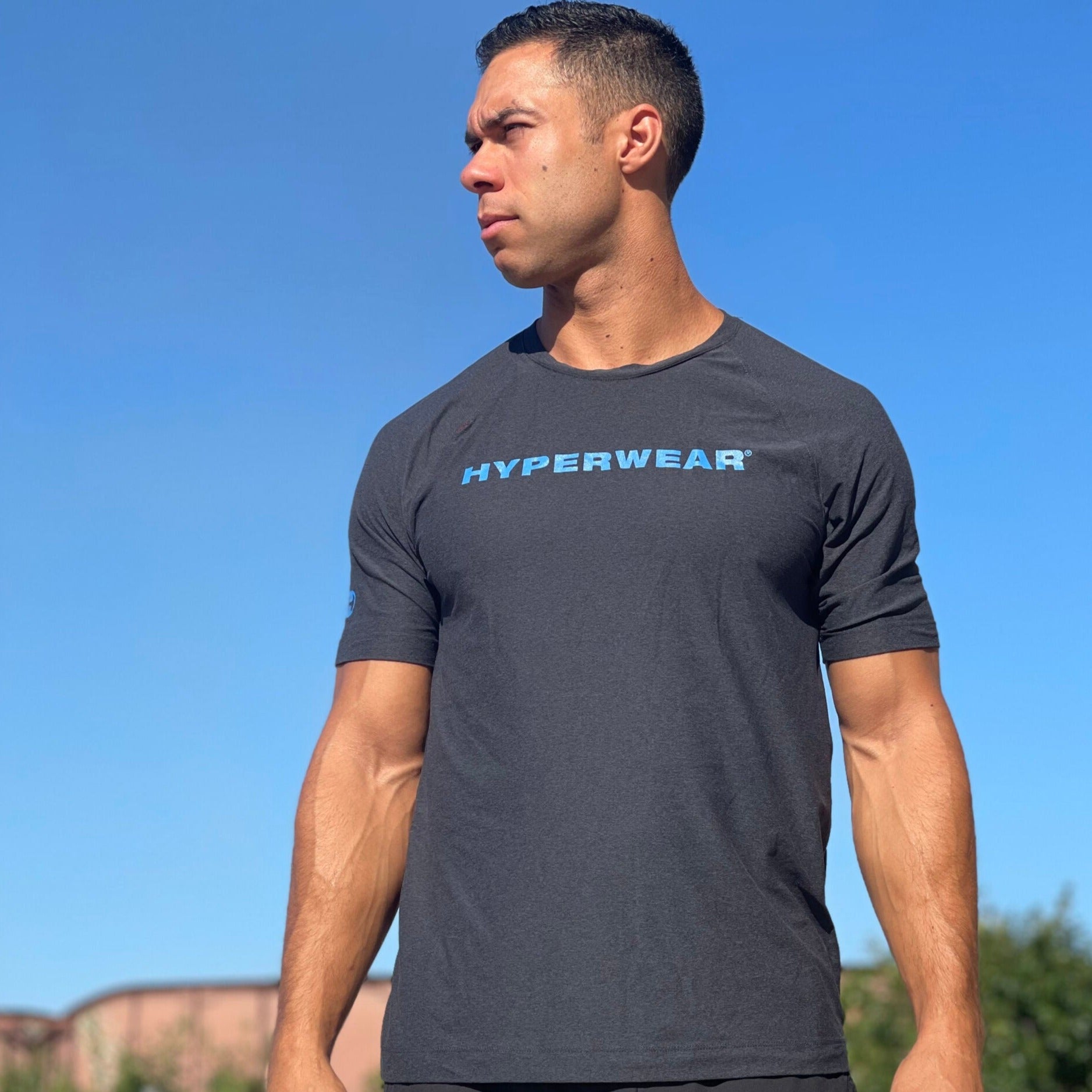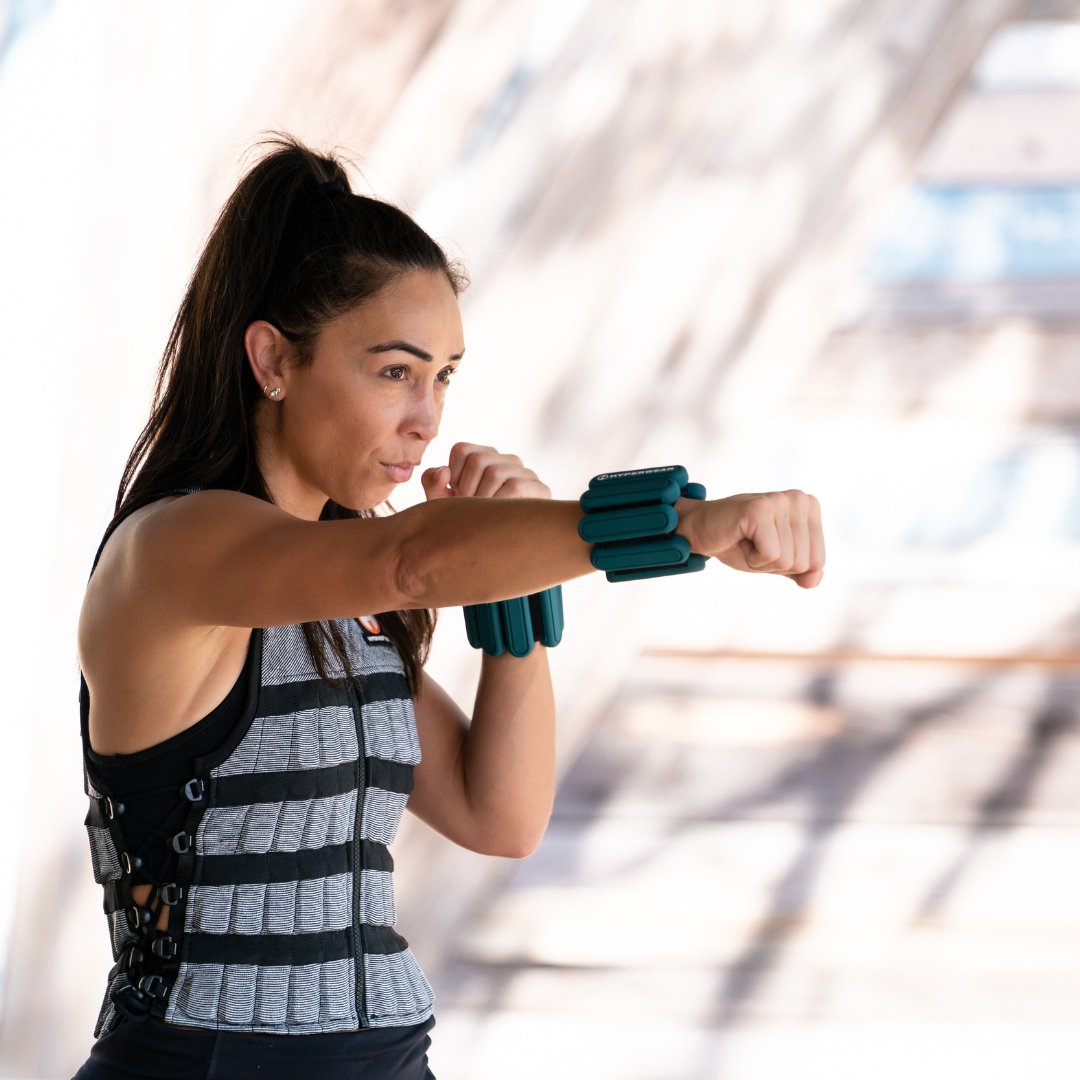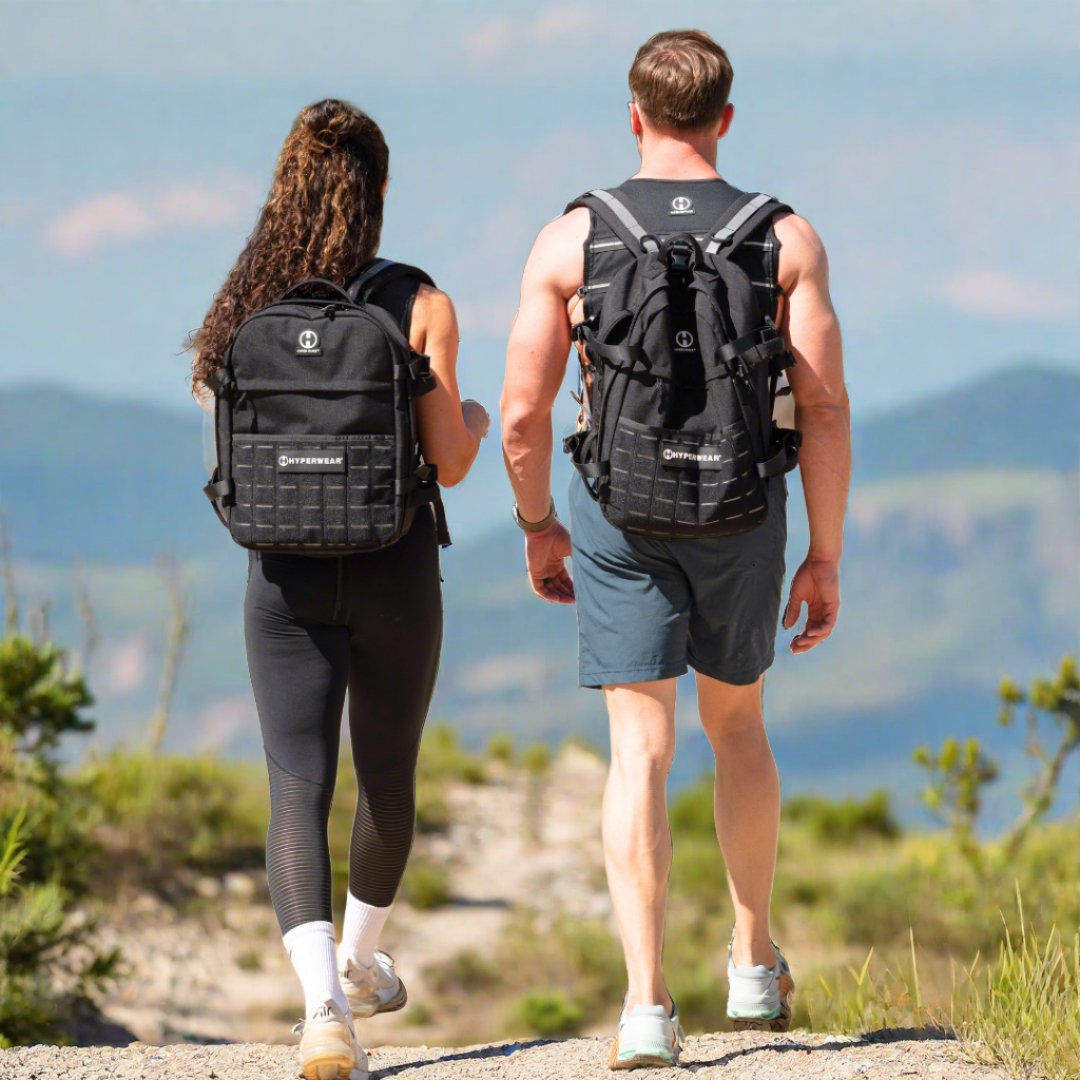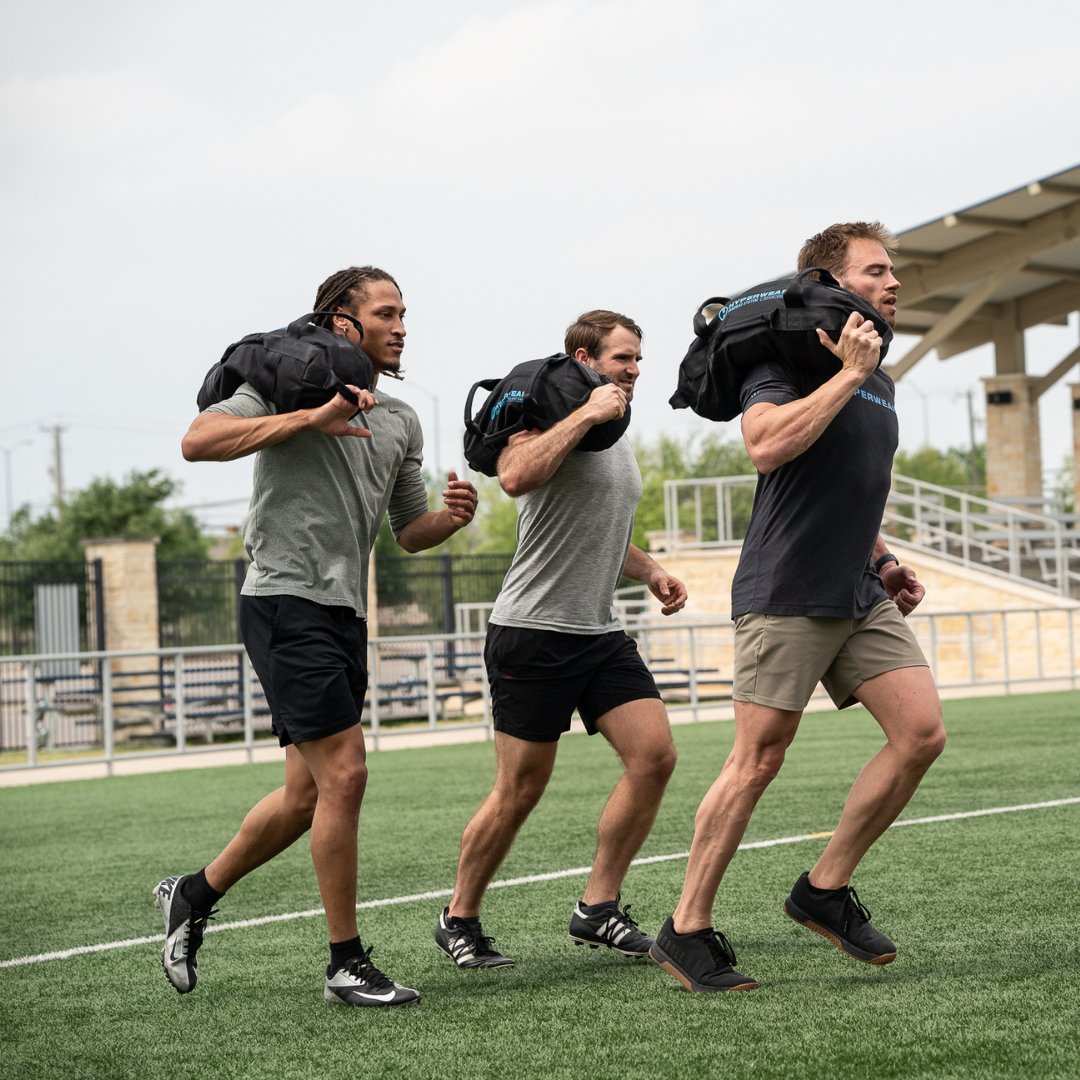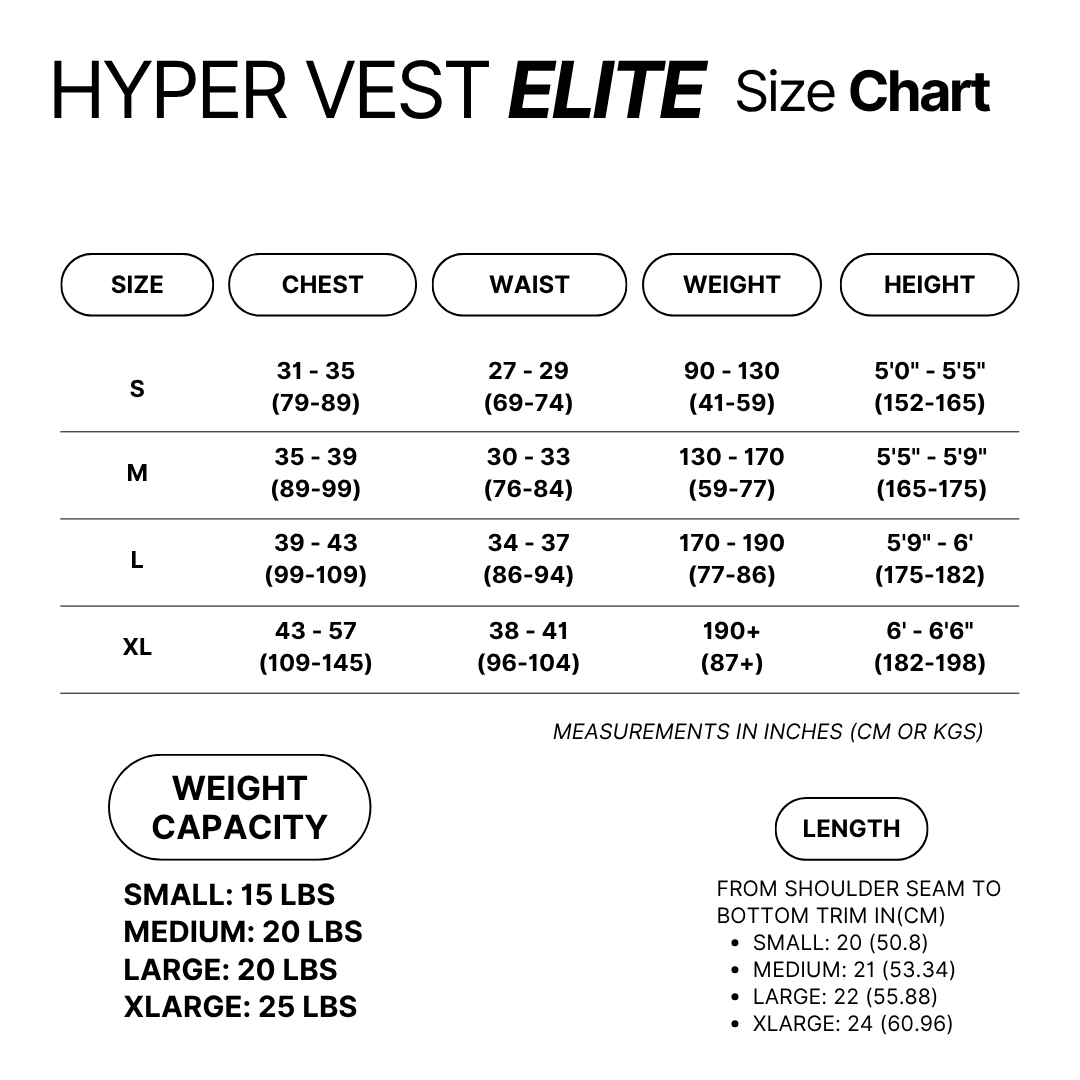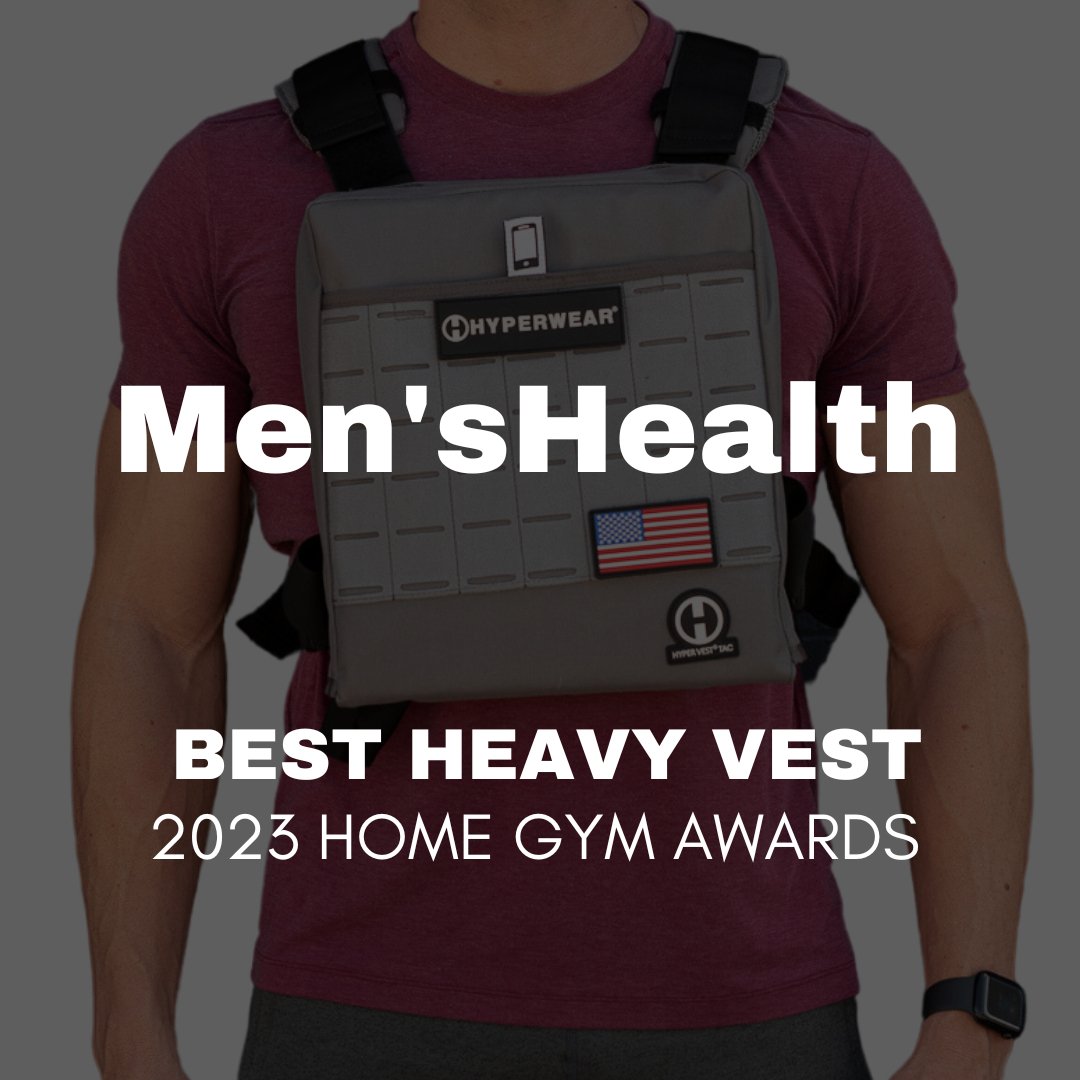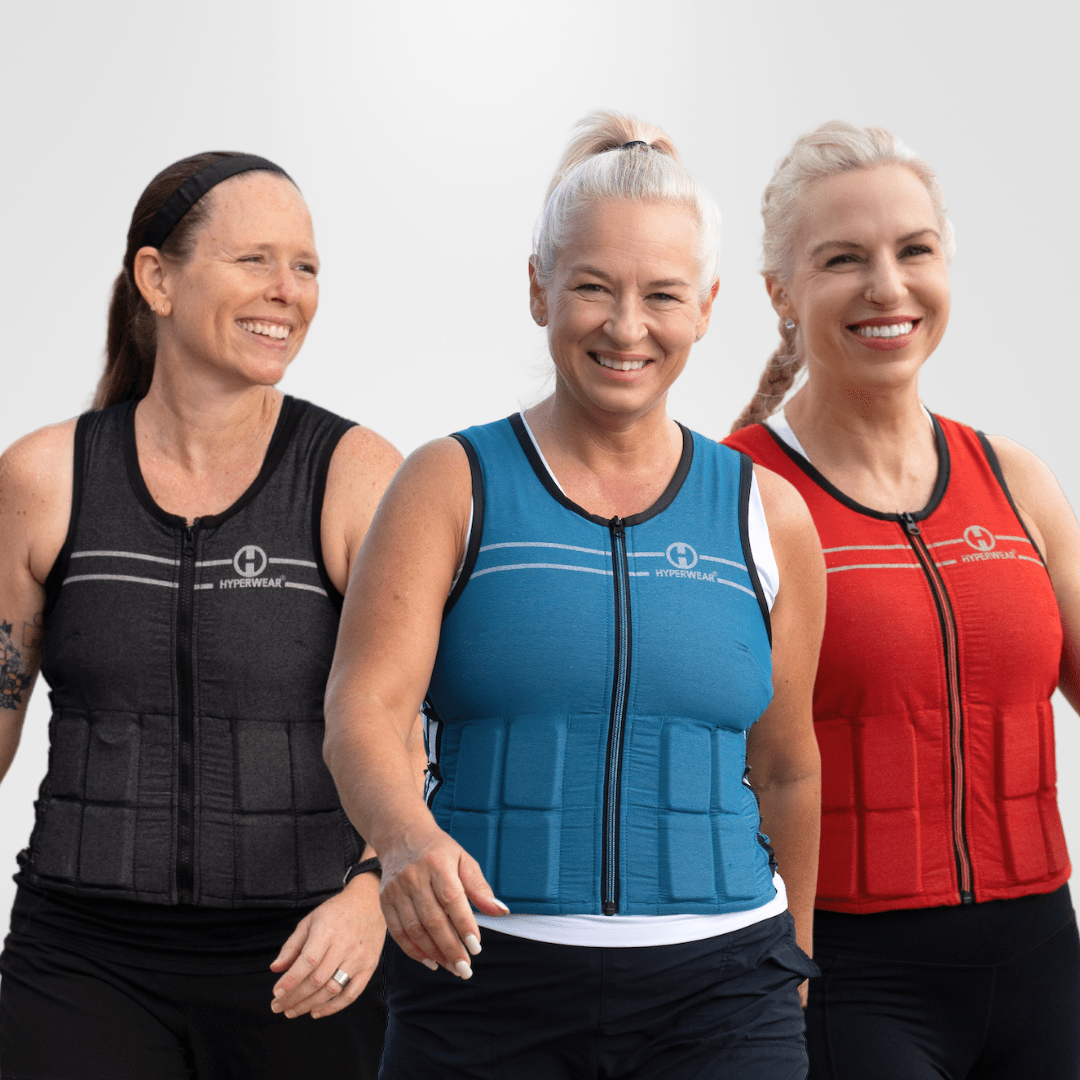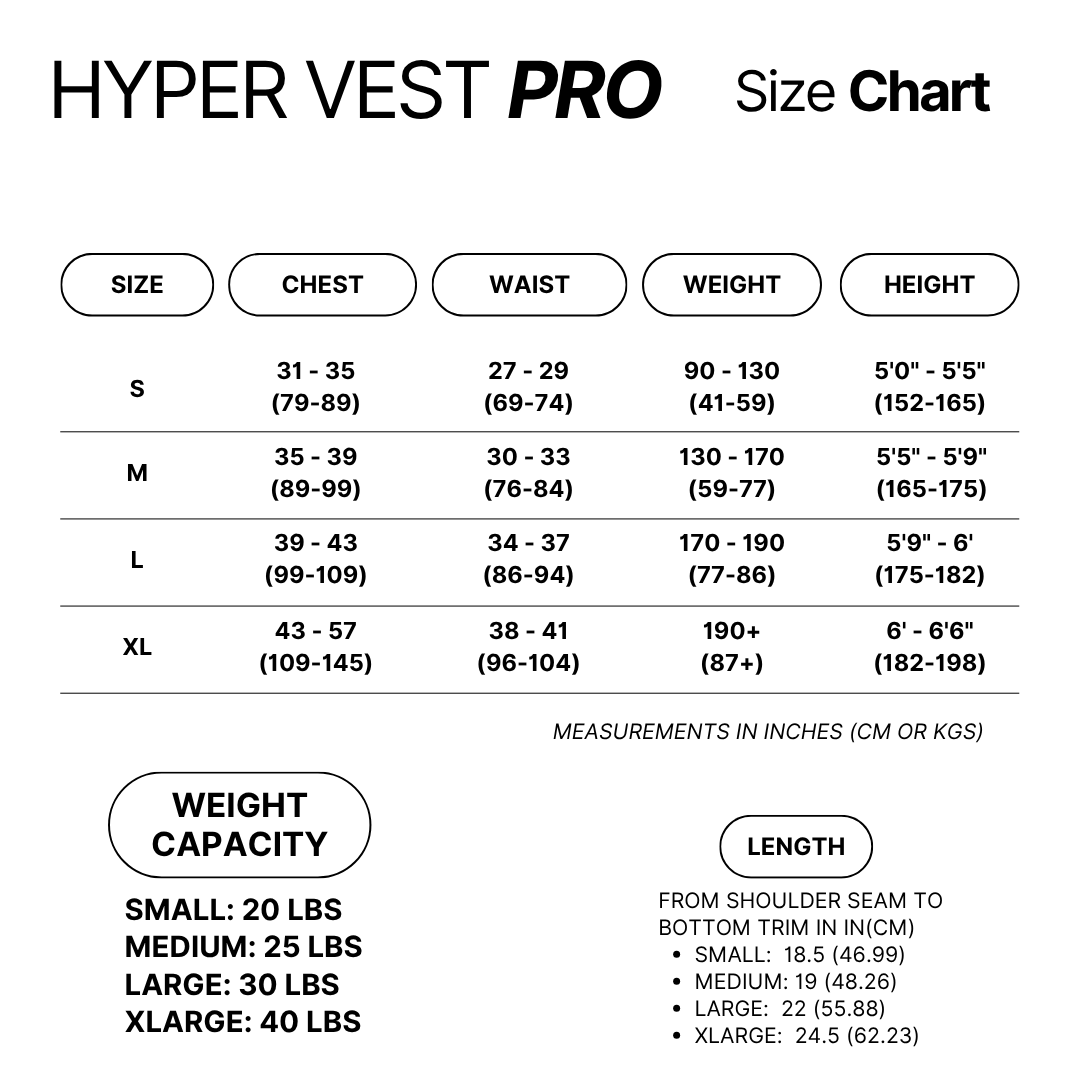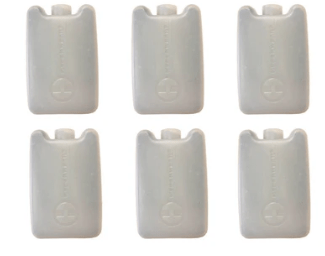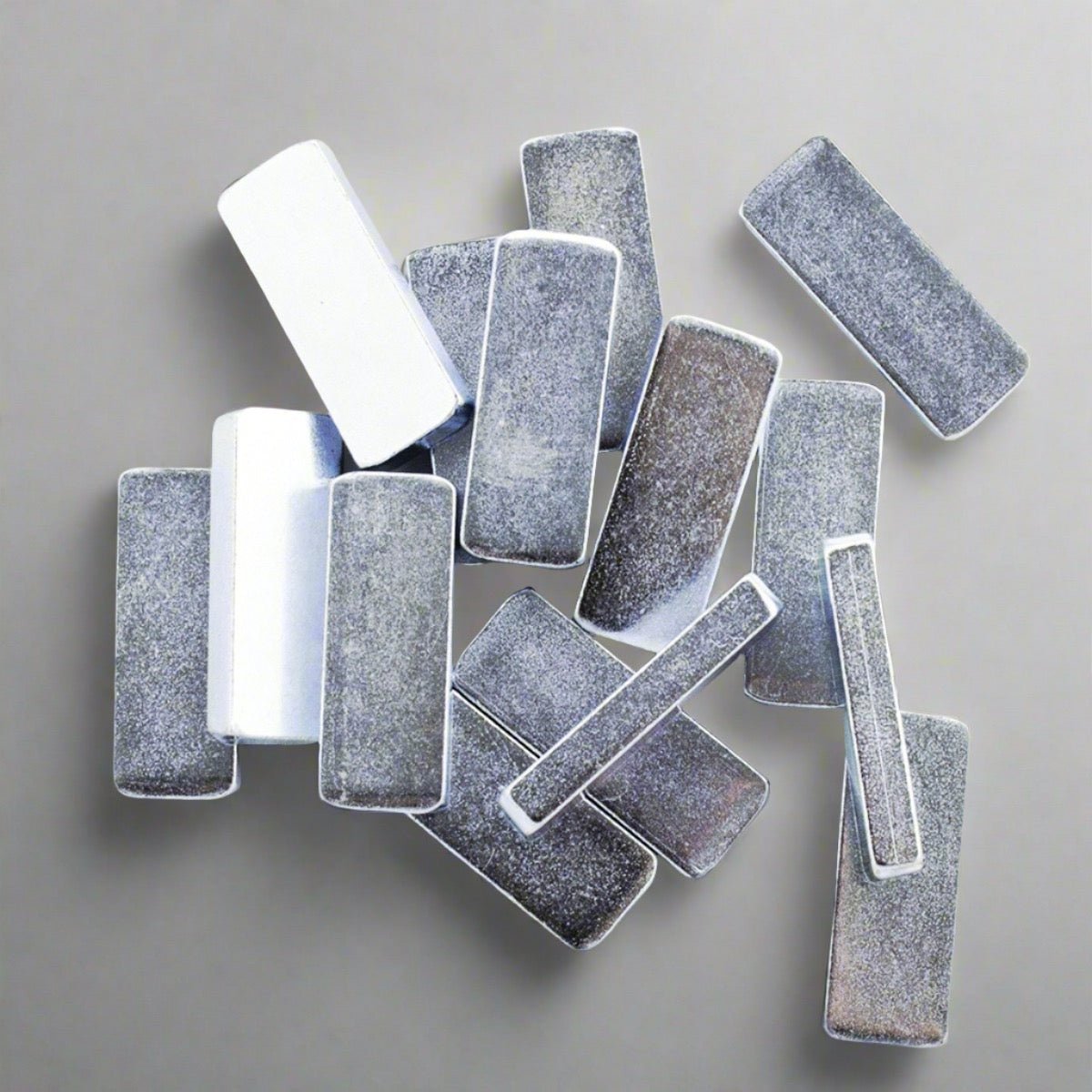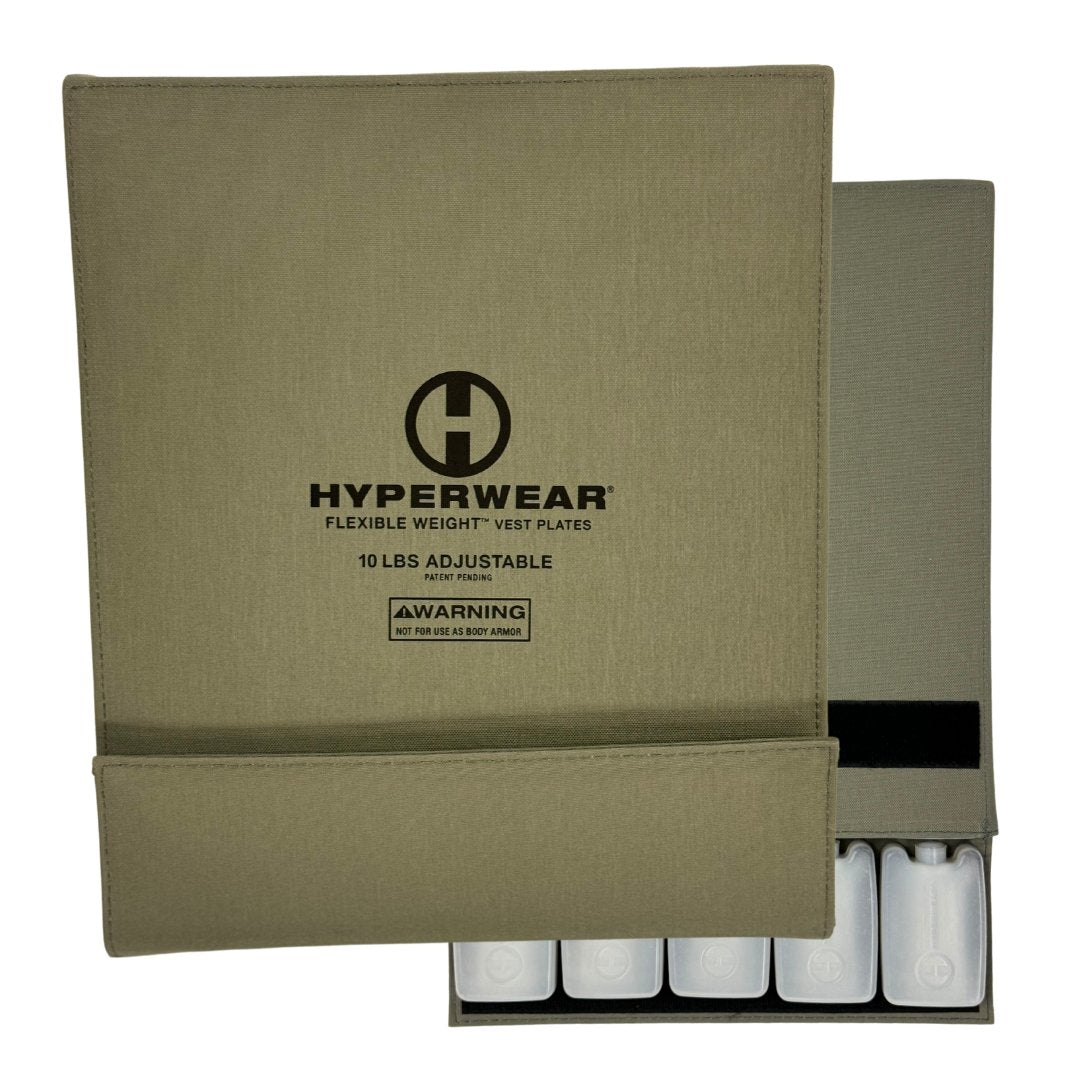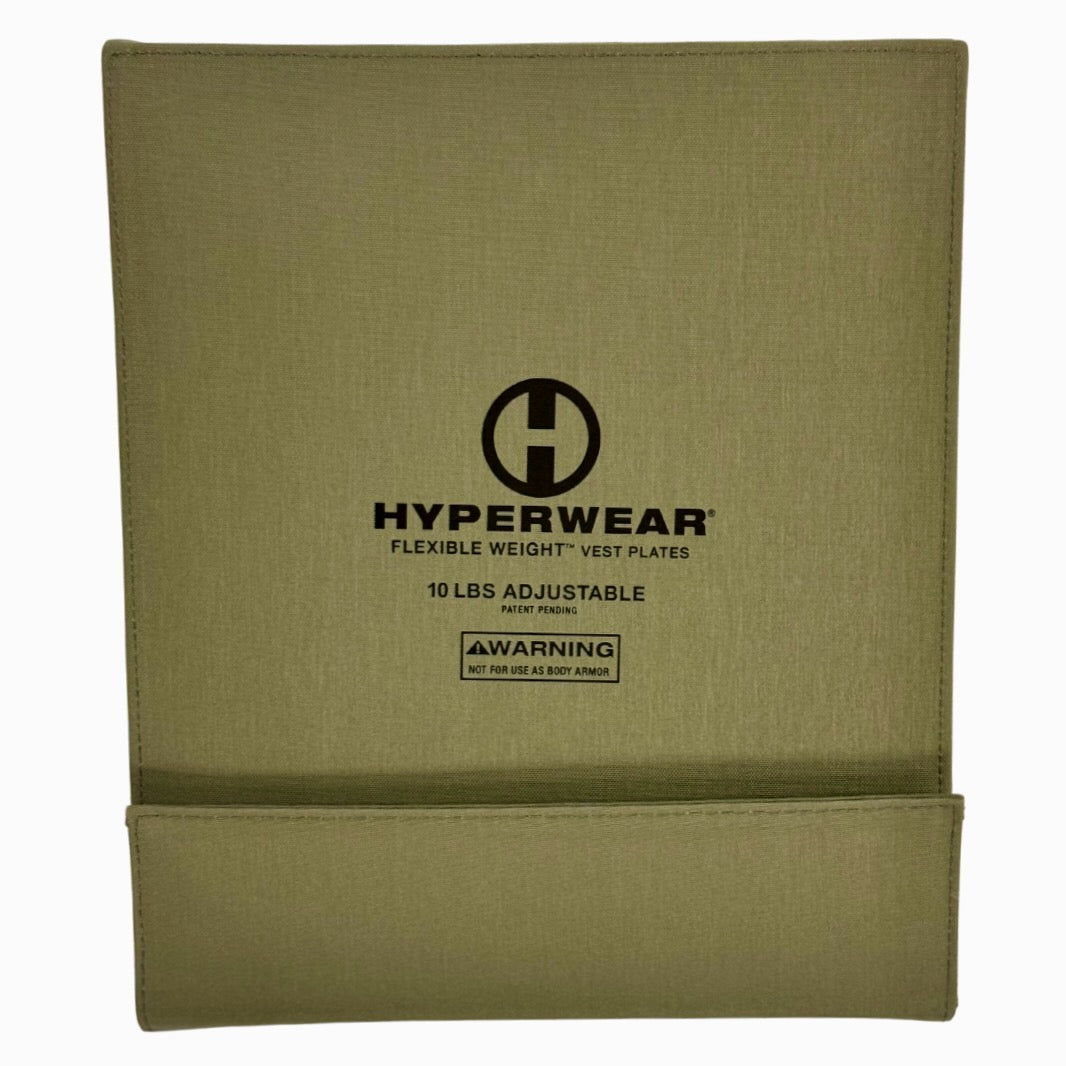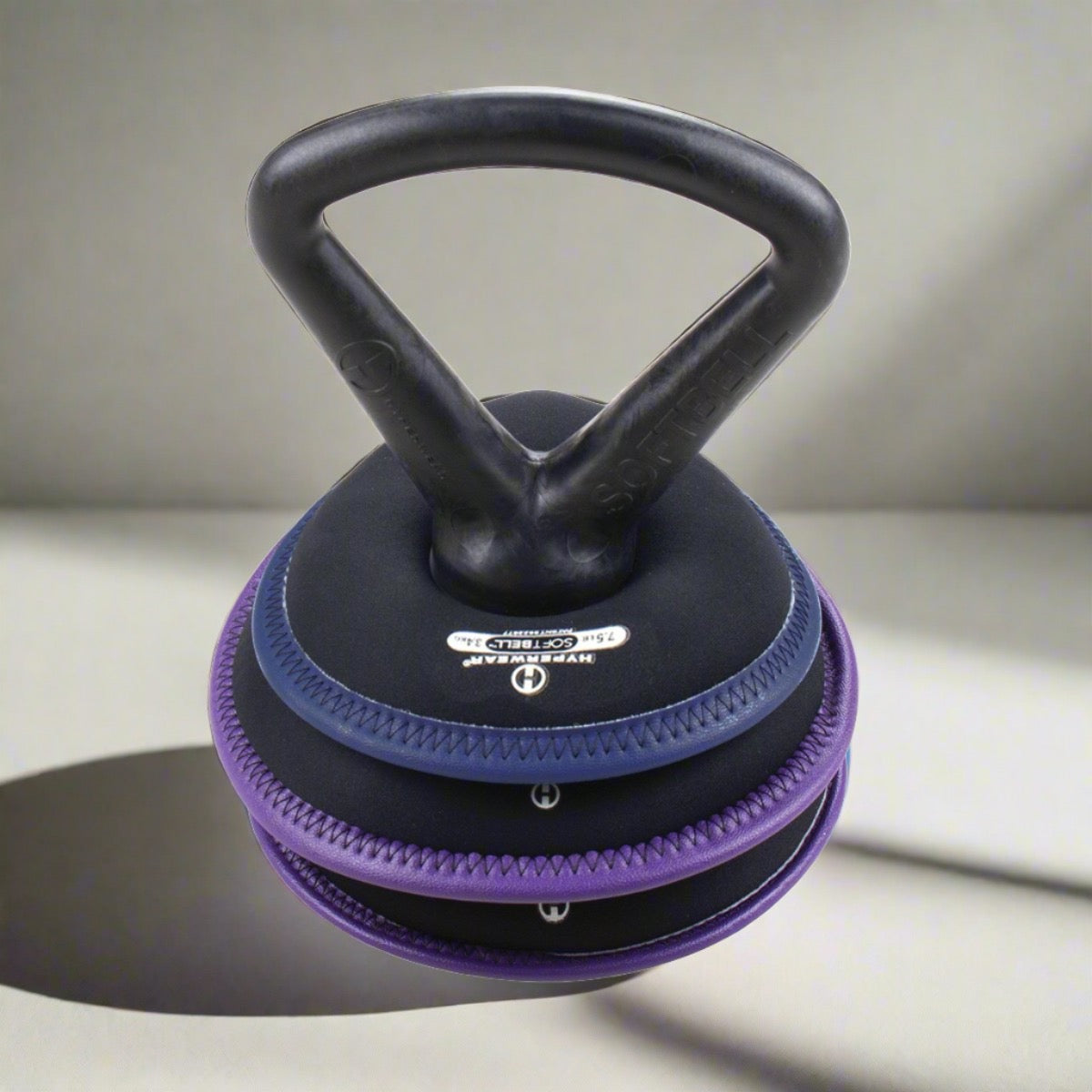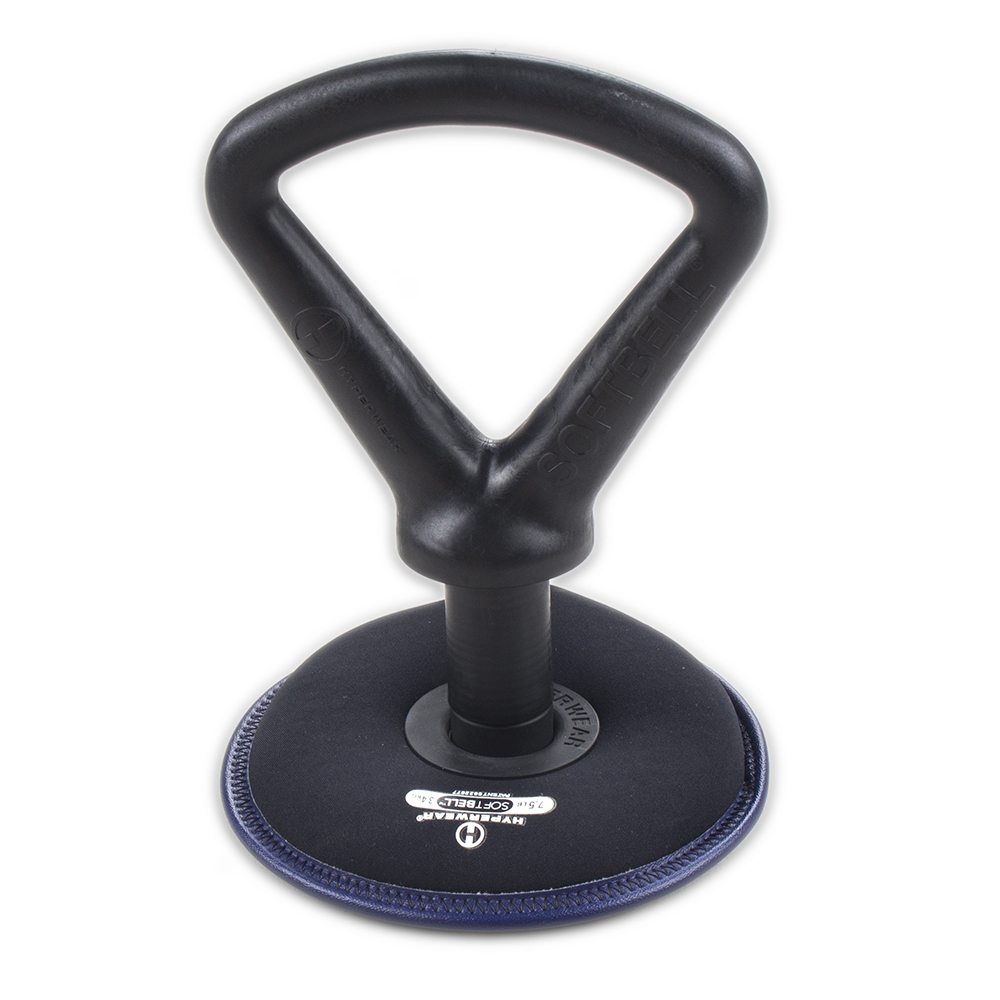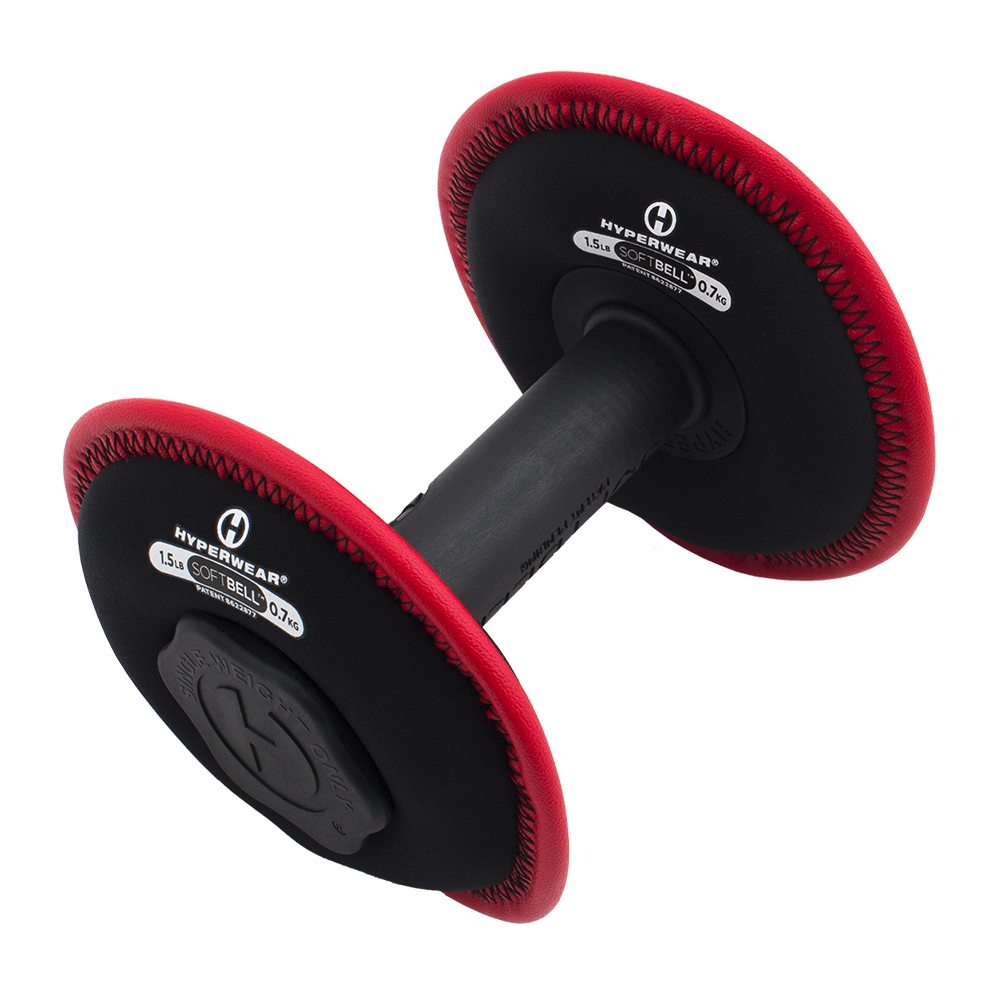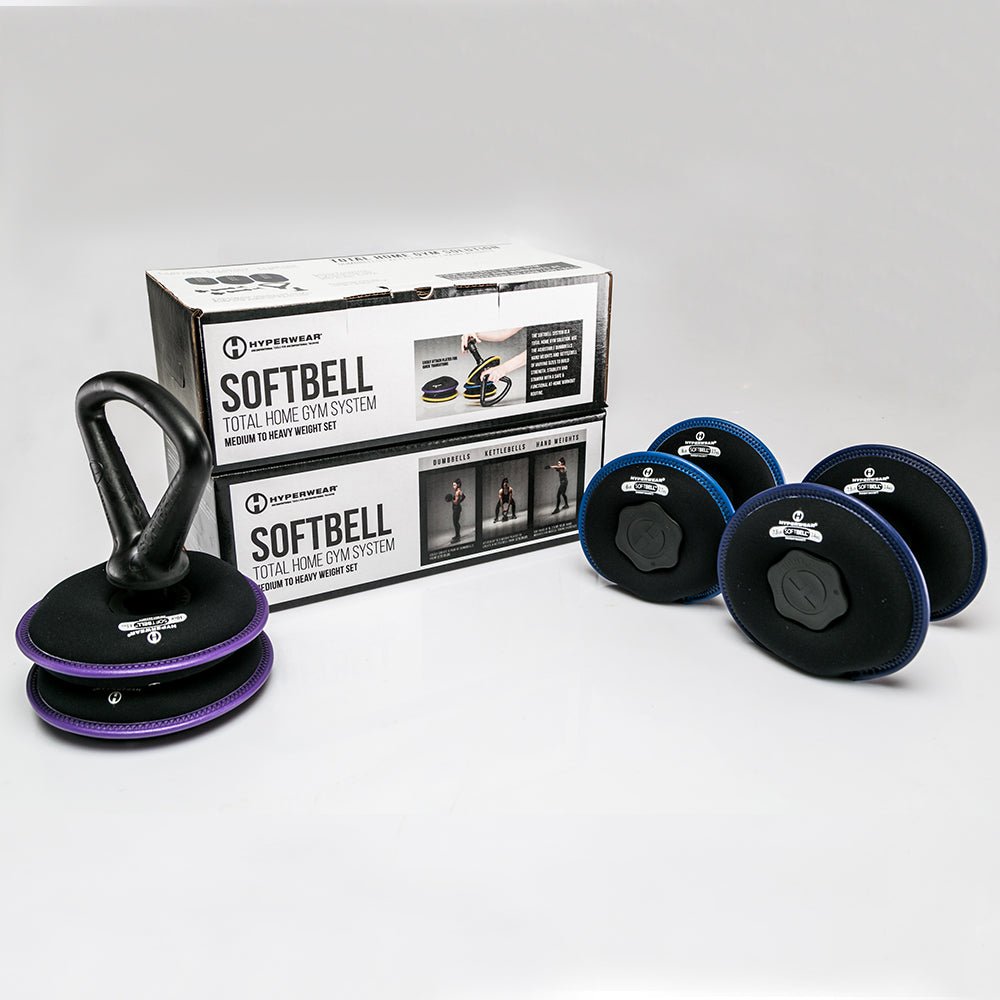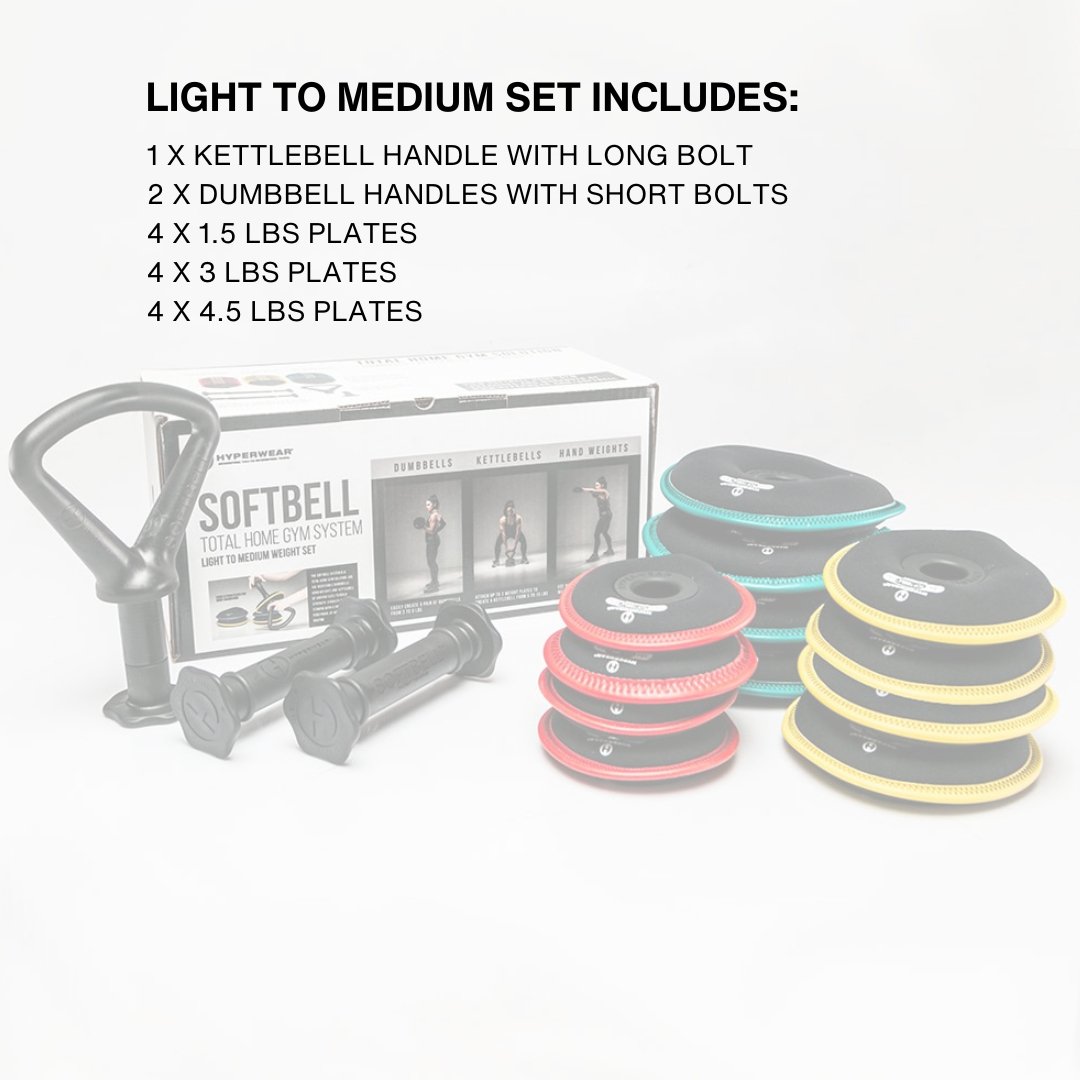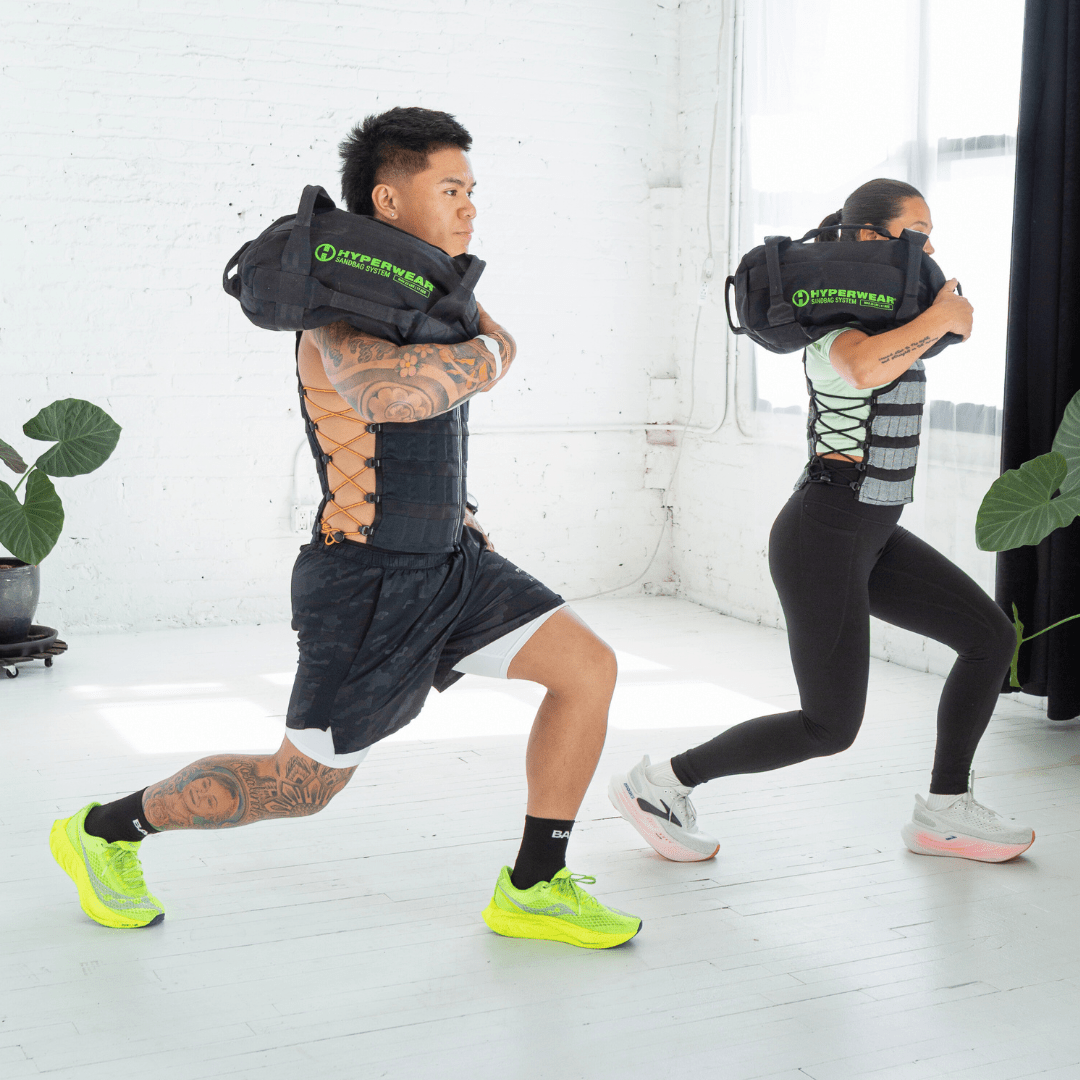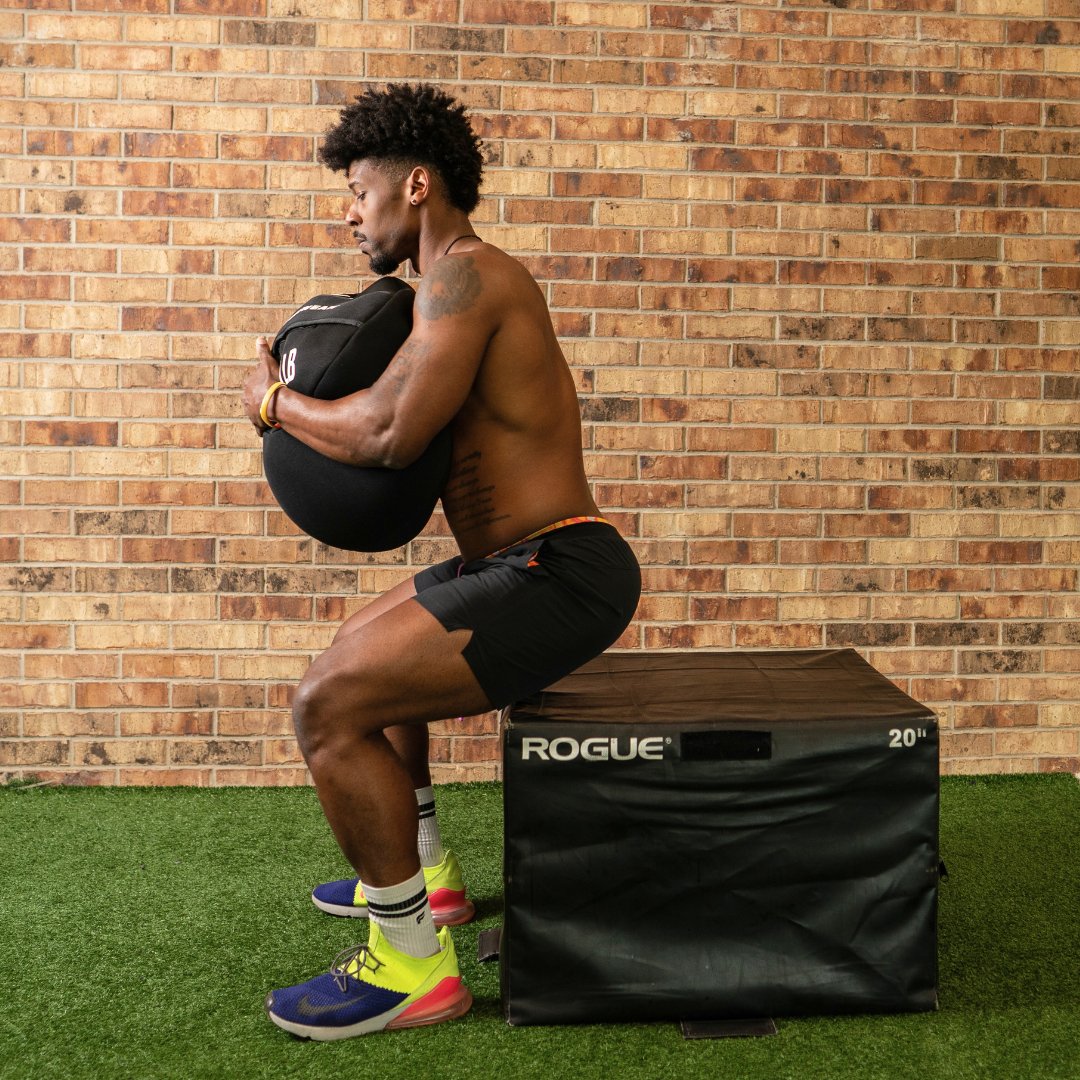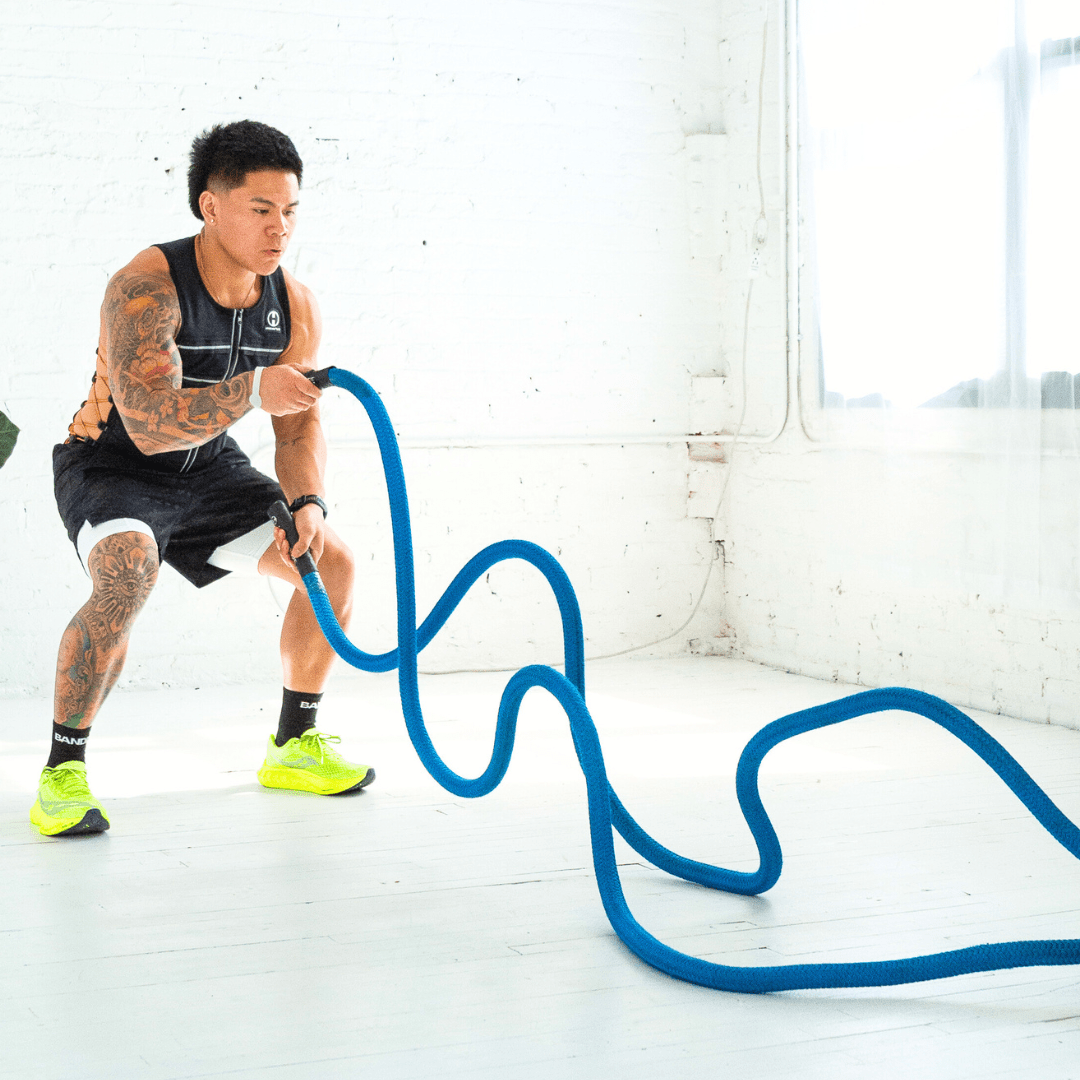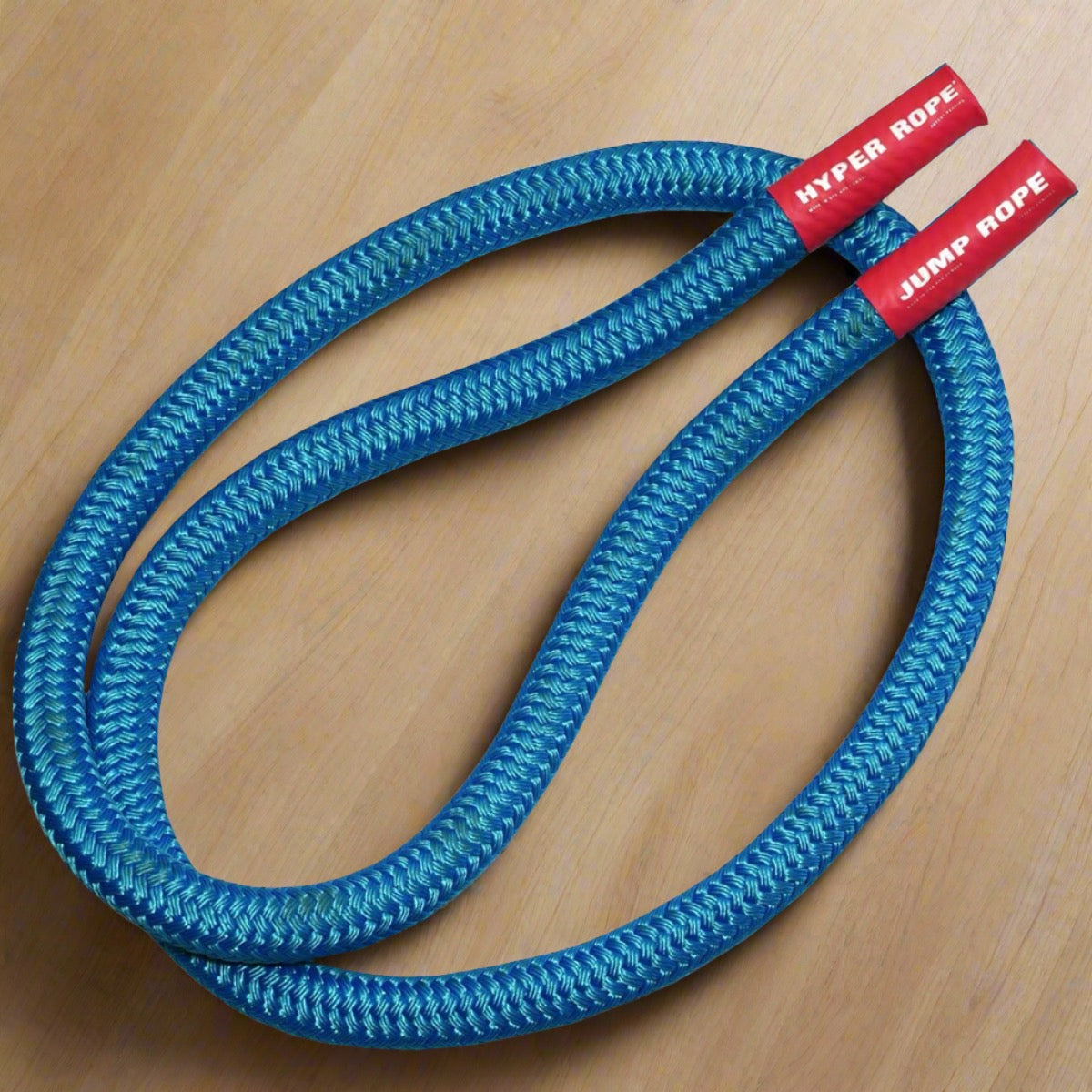How Heavy Should a Weighted Vest Be for Weight Loss? Science-Based Guidelines
Using a weighted vest is one of the simplest ways to burn more calories, improve metabolic health, and support fat loss—without changing your workout. But results for weighted vest calorie burn depend on choosing the right amount of weight.
Most adults should use a weighted vest that is 5–12% of their bodyweight for weight loss.
This range increases energy expenditure safely while maintaining natural movement patterns.
Below is the full, research-informed guide to selecting the right vest weight.
Why Weighted Vests Help With Weight Loss
Weighted vests increase the amount of energy your body uses during movement. This helps you:
-
Burn more calories during walking or exercise
-
Activate more muscle with every step
-
Increase daily energy expenditure without intense workouts
-
Maintain lean mass while losing fat
-
Improve functional strength and stability
Research also shows that the body responds to added load through weight-sensing mechanisms in bone and connective tissue, which influence metabolism and energy use. Scientific studies led by aging and metabolic health researcher Dr. Kristen Beavers, who publishes extensively on weight, aging, physical activity, and metabolic health—support the idea that external loading can positively affect energy balance.
How Heavy Should a Weighted Vest Be for Weight Loss?
Here are practical, science-aligned guidelines.
General Recommendations
-
Beginners: 5–8% of bodyweight
-
Walking for weight loss: 8–12%
-
Running or cardio: 5–10%
-
Strength or HIIT workouts: 10–20% (advanced users only)
-
Metabolic health benefits: 5–10%
Examples
-
If you weigh 150 lbs, choose 7–15 lbs
-
If you weigh 200 lbs, choose 10–20 lbs
Choosing the right load improves calorie burn without compromising joint comfort or gait quality.
How Vest Weight Affects Calorie Burn
Even small loads increase energy use dramatically:
-
+5–10 lbs → meaningful calorie burn increase
-
+10–20% of bodyweight → very high energy demand
-
But too heavy → higher impact & reduced movement quality
The sweet spot for weight-loss walking is the 8–12% range.
Recommended Vest Weights by Bodyweight
| Bodyweight | Recommended Vest Load |
|---|---|
| 100–140 lbs | 5–10 lbs |
| 140–180 lbs | 8–15 lbs |
| 180–220 lbs | 10–20 lbs |
| 220+ lbs | 15–25 lbs |
These ranges maximize metabolic benefit while keeping form strong.
What Type of Weighted Vest Works Best?
The right vest design matters as much as the weight.
1. Thin, Low-Profile Fit
Bulky foam or neoprene vests trap heat and shift around.
Thin, contoured vests stay comfortable for longer sessions.
2. Micro-Load Adjustability
Small weight increments (like 2–3 oz) let you progress safely.
3. Breathable, Contoured Fabric
Allows chest expansion and prevents bouncing during movement.
This is why Many people prefer a thin, adjustable weighted vest for walking, such as the Hyper Vest ELITE.
Weighted Vests and Metabolic Health
Weighted vests may support:
-
Improved insulin sensitivity
-
Higher resting and movement energy expenditure
-
Better glucose handling
-
Maintenance of lean body mass
-
Stronger bones via safe load-bearing stimulus
Light-to-moderate loading (5–10% of bodyweight) is most effective for metabolic improvements during everyday walking.
Safety Guidelines
Start lighter if you:
-
Are new to weighted exercise
-
Have joint issues
-
Are recovering from injury
-
Have low bone density
-
Are over 55 or deconditioned
Increase load gradually as movement quality remains strong. Hyperwear makes weighted vests for all fitness levels that are adjustable and comfortable.
Frequently Asked Questions
How heavy should a weighted vest be for weight loss?
Aim for 5–12% of bodyweight, depending on fitness level and activity.
Is a heavier vest better for fat burning?
Heavier vests burn more calories but can reduce movement quality. Most people get better long-term results with moderate loads.
How heavy should a vest be for walking?
For weight-loss walking, 8–12% of bodyweight is ideal. Beginners should start lower.
What weight is best for metabolic health benefits?
5–10% of bodyweight is effective in studies focused on metabolic regulation and energy expenditure.
Can weighted vests help reduce belly fat?
They increase total calorie burn, which supports overall fat loss when combined with a calorie deficit.
What weight should beginners use?
Start with 5 to 8 lbs or 5–8% of bodyweight and progress slowly.



